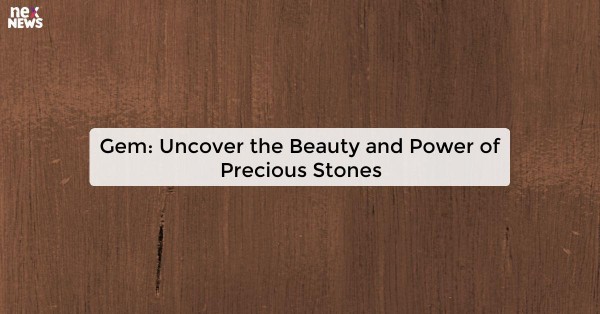The History of Precious Stones
Dating back thousands of years, precious stones have captivated societies worldwide with their beauty and rarity. Historically, these gemstones were prized for their aesthetic appeal and believed to possess mystical powers. From ancient civilizations to modern cultures, precious stones have held a prominent place in art, jewelry, and folklore.
Throughout history, civilizations such as the Egyptians, Greeks, and Romans adorned themselves with precious stones as symbols of power, wealth, and protection. These gemstones were not only seen as luxurious accessories but also as amulets with spiritual significance. The intricate craftsmanship and symbolism associated with precious stones have endured through the ages, shaping the way we admire and appreciate these exquisite gems.
Different Types of Precious Stones
Diamonds are one of the most coveted and valuable precious stones in the world. Known for their brilliance and durability, diamonds have been treasured for centuries for their timeless beauty. Formed deep within the Earth's mantle under intense heat and pressure, diamonds emerge as stunning crystals that captivate with their clarity and sparkle.
Emeralds are another type of precious stone sought after for their rich green hue and rarity. These gemstones are formed in metamorphic rocks under specific conditions that allow for the growth of the distinct green beryl crystals. Highly prized by many cultures for their symbolism of rebirth and love, emeralds hold a special place in the world of gemstones for their unique color and history.
The Formation of Precious Stones
Precious stones are formed deep within the Earth's crust through a complex process that involves extreme heat, pressure, and the interaction of various minerals. These gems can be created through volcanic activity, where molten rock cools and solidifies to form crystals, or through metamorphism, where existing rocks are altered by intense heat and pressure.
The formation of precious stones can also occur in sedimentary environments, where minerals from water solutions are deposited over long periods of time to create gemstones. The unique combination of these geological factors gives each precious stone its distinctive color, clarity, and structure.
The Symbolism of Precious Stones
Throughout history, precious stones have been associated with various meanings and symbolism. From representing love and prosperity to symbolizing power and protection, these gemstones hold a significant place in different cultures and societies. The symbolism attached to each precious stone often varies depending on its color, rarity, and cultural background.
For example, diamonds are commonly known as a symbol of strength, purity, and everlasting love. Their brilliant sparkle and durability have made them a popular choice for engagement rings, signifying a timeless commitment and unbreakable bond between two individuals. Similarly, rubies are often associated with passion, energy, and vitality due to their vibrant red hue, which has long been linked to the heart and life force.
The Healing Properties of Precious Stones
Precious stones have long been believed to possess powerful healing properties that can benefit the mind, body, and spirit. Each stone is thought to carry unique vibrations and energies that can aid in promoting balance and well-being. Many people turn to these stones for their perceived ability to provide comfort and support in times of need.
From amethyst to turquoise, each precious stone is said to have its own specific healing properties. For example, amethyst is often associated with calming energies that can help to promote relaxation and reduce stress. On the other hand, turquoise is believed to have properties that can enhance communication and foster a sense of empowerment. Whether you choose to wear these stones as jewelry or simply keep them nearby, many believe that incorporating precious stones into your daily life can help to promote a sense of harmony and healing.
